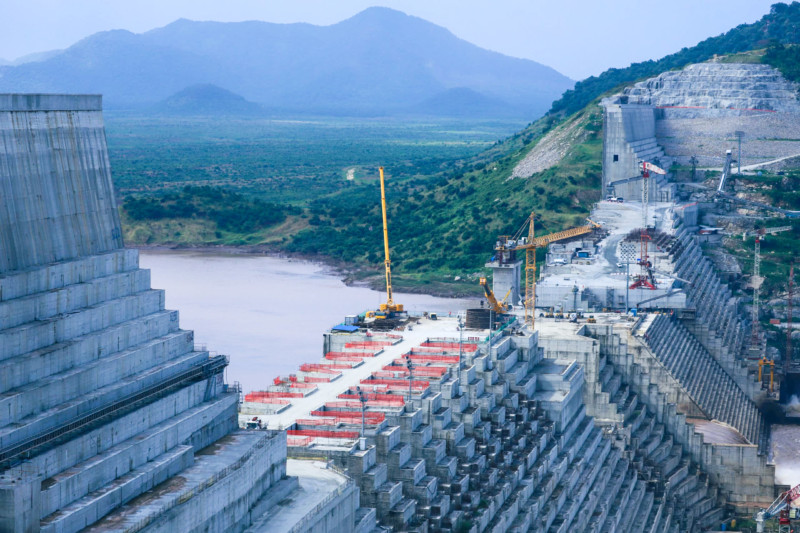Ethiopia is facing a number of threats, including:
- Violent crime: Ethnic militias from South Sudan have crossed into Ethiopia to attack rival communities. The security situation is extremely unstable.
- Civil unrest: The threat of violent crime, civil unrest, and tribal clashes is high.
- Terrorism: The threat of terrorist attacks, including kidnapping, is particularly high.
- Natural disasters: Ethiopia is prone to natural disasters such as drought and flooding, which can cause significant damage to infrastructure and disrupt daily life.
- Economic problems: Ethiopia faces a civil war, bankruptcy, famine, a shortage of foreign exchange, and a lack of debt servicing capability.
- Poverty: Ethiopia has a high poverty rate.
The UN has warned that the situation in Ethiopia remains extremely grave.
Ethiopia, one of Africa’s most historically and culturally rich nations, stands at a crossroads, potentially encountering multifaceted challenges in the forthcoming two years. As policymakers and stakeholders evaluate these possible obstacles, several key areas emerge:
- Persisting Civil Strife in Tigray: Initiated in November 2020, the civil unrest in Tigray has not only precipitated a humanitarian predicament in the area but has also had ripple effects, destabilizing the broader Ethiopian socio-political landscape. This turbulence poses a formidable obstacle to addressing other national concerns.
- The Looming Shadow of Food Scarcity: A confluence of adversities, including the civil disruptions in Tigray, recurrent droughts, and the repercussions of the COVID-19 pandemic, has ensnared Ethiopia in a tightening grip of food shortage. Alarmingly, projections from the World Food Programme suggest that upwards of 20 million Ethiopians might soon grapple with severe hunger and nutrition deficits.
- Economic Fluctuations: A mix of prolonged internal strife, pandemic-induced global economic downturn, and spiraling inflation rates have encumbered the Ethiopian economy. With a mounting national debt and challenges in dispensing fundamental services, the nation’s economic stability seems precariously balanced.
- Ethnic Dynamics: A nation boasting a tapestry of over 80 ethnicities, Ethiopia’s rich diversity has, unfortunately, sometimes translated into sporadic inter-ethnic confrontations. Given recent instances of such discord, there’s palpable apprehension regarding potential escalations in ethnic tensions.
- Climate’s Changing Face: Ethiopia’s topographical and environmental diversity makes it especially susceptible to climate change repercussions, including but not limited to severe droughts, unpredictable floods, and the broader implications of rising sea levels. These climatic shifts could magnify Ethiopia’s pre-existing challenges, potentially hindering its aspirations for holistic and sustainable growth.
Undoubtedly, Ethiopia’s governmental apparatus is fully engaged in devising strategies to navigate these predicaments. Yet, the complexity and interwoven nature of these challenges suggest a strenuous journey ahead. Herein lies a window of opportunity for the international fraternity to step forward, offering tangible support. This can manifest in myriad ways: humanitarian interventions, peace-building initiatives, or frameworks for sustainable growth and resilience.

However, as we contemplate these scenarios, it’s imperative to underscore the uncertainty inherent in such projections. These delineated threats are potentialities rather than foregone conclusions. While we cannot predict the future with unwavering accuracy, a robust understanding of these prospective challenges equips global stakeholders to extend timely and effective assistance to Ethiopia, fostering a collective path toward stability and prosperity.





